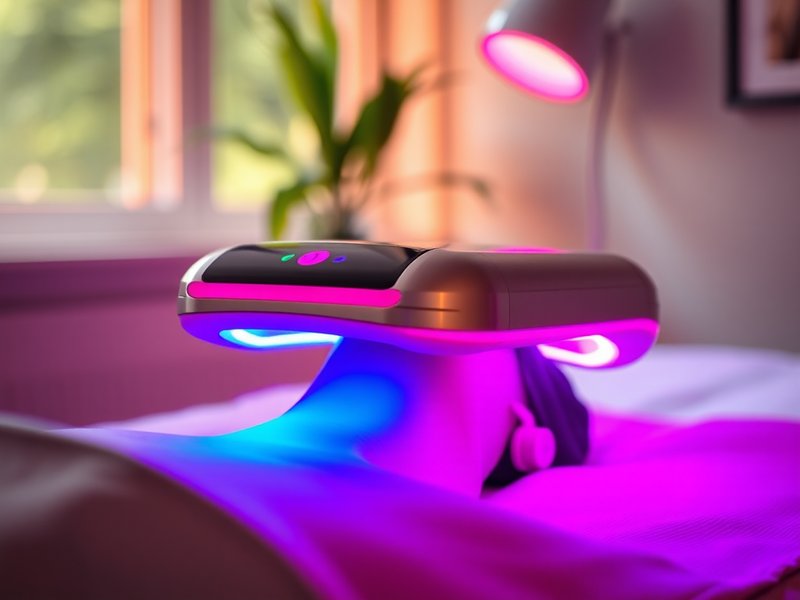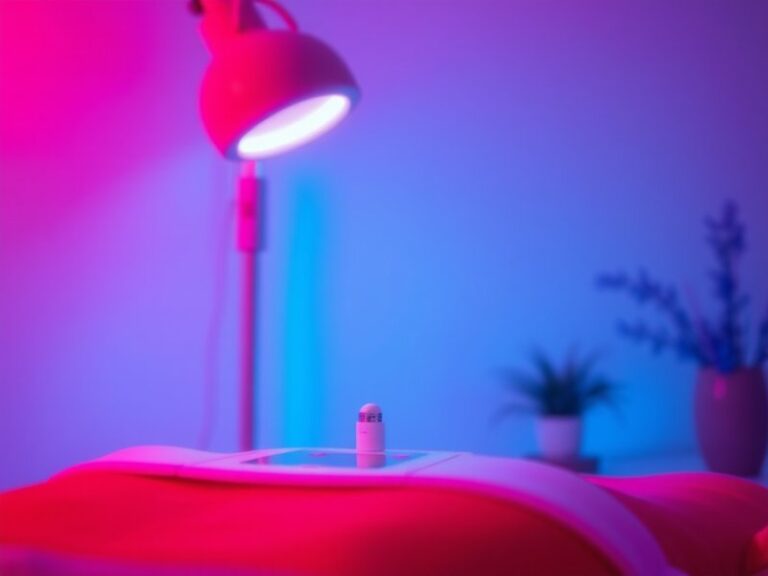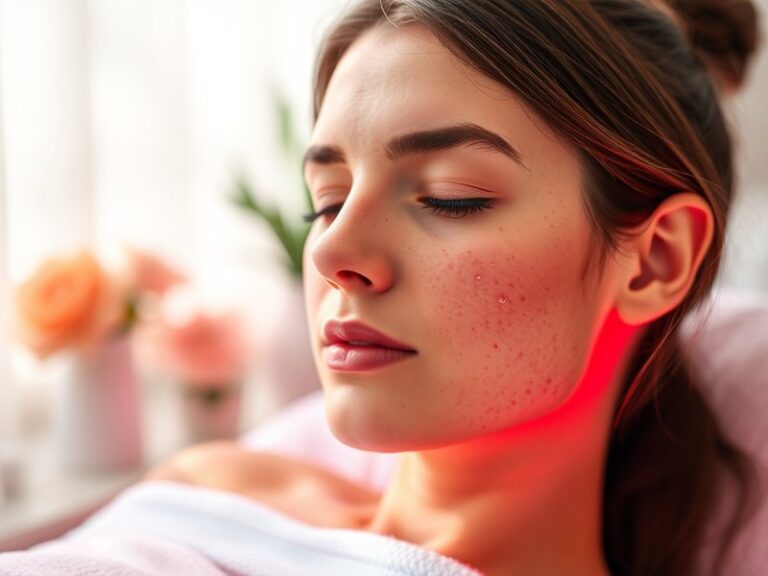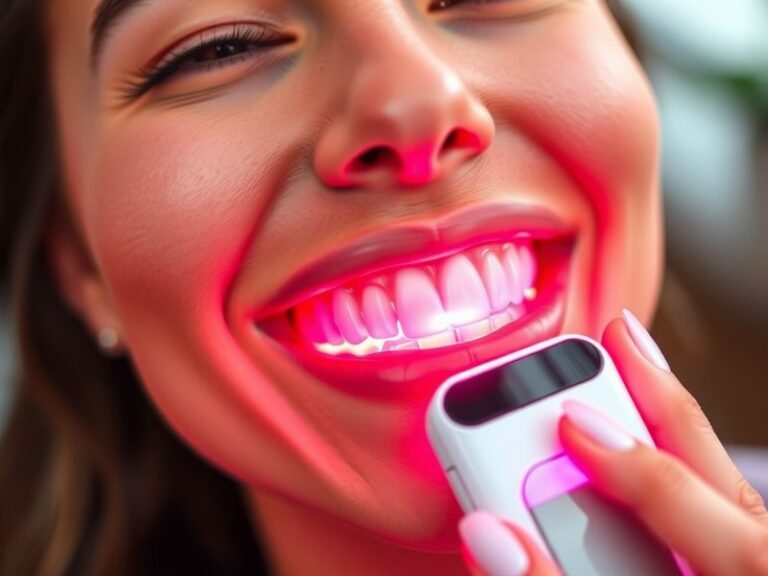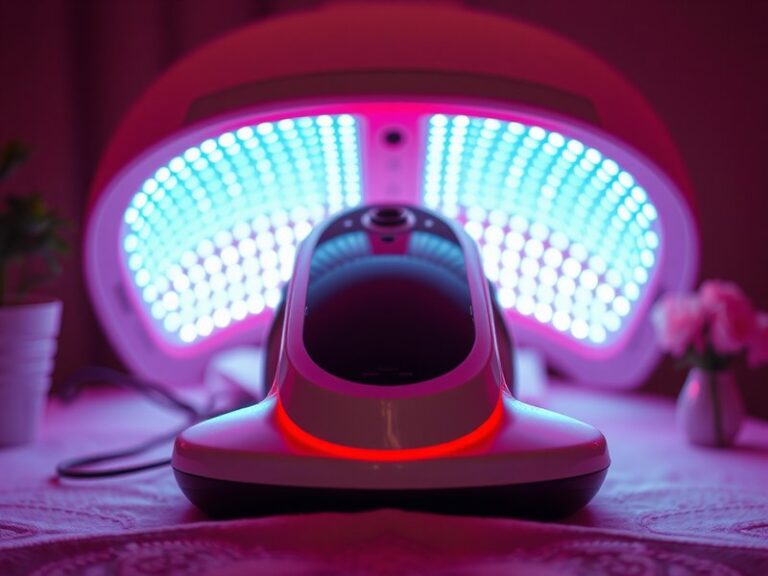What Should You Do Before Red Light Therapy?
What Should You Do Before Red Light Therapy?
Are you considering trying red light therapy but unsure what steps to take beforehand?
Discover the in-depth guide Overusing Red Light Therapy?
This article serves as your comprehensive guide to preparing for red light therapy. It will cover essential considerations, benefits, the feasibility of combining it with other treatments, and alternatives you might explore. By the end, you’ll be equipped with the knowledge you need to approach red light therapy effectively.
Key Takeaways
- Understanding key precautions can optimize your results from red light therapy.
- Feeling informed about the therapy’s benefits can enhance your overall experience.
- Exploring alternatives ensures you find the best option tailored to your needs.
What is Red Light Therapy?
Red light therapy (RLT) is a non-invasive treatment that utilizes low-level wavelengths of red light to promote healing and improve various skin and health conditions. This technique exposes your skin to specific wavelengths that penetrate deep into cellular structures, stimulating a range of biological processes. Considered a miracle light by many, RLT is gaining popularity for its versatility and effectiveness.
The therapy is often applied through specialized devices, including handheld units, panels, and beds. It’s used to address skin issues like acne and wrinkles, muscle recovery, inflammation, and even joint pain.
What are the Benefits of Red Light Therapy?
Red light therapy offers numerous advantages for users, paving the way to better health and aesthetics. Let’s explore the notable benefits in greater detail.
Skin Rejuvenation
Red light therapy can enhance collagen production, which is essential for maintaining skin elasticity and reducing signs of aging. Numerous studies have shown noticeable improvements in skin texture and tone after consistent RLT treatments.
Pain Relief and Healing
Many individuals report reduced pain and speeding up of recovery from injuries following red light therapy. This is attributed to increased blood circulation and reduced inflammation in treated areas.
Improved Mood and Sleep
Exposure to red light may positively impact melatonin production, which can improve sleep quality. Studies indicate that using red light therapy in the evening may help regulate sleep patterns and enhance overall mood.
Enhanced Hair Growth
Research suggests RLT can stimulate hair follicles, aiding in hair growth and preventing hair loss, making it a promising treatment option for those dealing with thinning hair or alopecia.
Is it Possible to Combine Red Light Therapy with Other Treatments?
Yes, many people successfully combine red light therapy with various treatment modalities, such as skincare regimes, physical therapies, and holistic practices. However, understanding how these treatments interact is vital.
What are the Advantages of Combination Treatments?
- Extended Benefit Range: Combining therapies can provide a more comprehensive approach, addressing multiple concerns simultaneously.
- Increased Efficacy: Certain treatments may enhance the effectiveness of red light therapy, maximizing your results.
What are the Disadvantages of Combination Treatments?
- Overstimulation: Too many simultaneous treatments can lead to skin irritation or discomfort. It’s essential to consult with a professional before mixing therapies.
- Confusion Over Results: Combining treatments complicates tracking progress and evaluating the effectiveness of each method.
What are the Things to Consider Before Red Light Therapy?
Prior to undergoing red light therapy, several essential considerations should be taken into account to ensure safety and optimal outcomes.
Skin Sensitivity
Evaluate your skin’s sensitivity levels. If you’ve recently undergone treatments like chemical peels, it’s best to wait until your skin has healed fully to avoid irritation.
Pre-existing Conditions
Consult a healthcare professional about any pre-existing medical conditions or if you are on medications. Some conditions may influence your response to RLT.
Setting Realistic Expectations
Understand that while red light therapy offers benefits, it is not a miracle cure. Setting realistic goals will prevent disappointment and ensure a more satisfactory experience.
Device Quality
If you’re using at-home devices, ensure they’re of high quality and FDA-approved for safety. Researching reviews and ratings can help in this regard.
What are the Alternatives to Red Light Therapy?
If red light therapy isn’t the right fit for you, there are several alternatives to consider that may provide similar benefits.
Laser Therapy
Laser therapy is a highly focused light treatment that targets specific skin or tissue areas, offering benefits like skin tightening and acne reduction with precision.
LED Light Therapy
Utilizing blue, red, and infrared light wavelengths, LED therapy can address skin issues from aging to acne and is commonly used in various skin care treatments.
Ultrasound Therapy
Ultrasound therapy uses sound waves to promote tissue healing and rejuvenation. It is effective for sore muscles and skin tightening, unlocking different pathways to healing compared to light therapies.
Topical Treatments
Creams and serums designed to enhance skin health can offer similar rejuvenating effects. Ingredients like retinol and hyaluronic acid are often effective but may require consistent use to see results.
Conclusion: Is it Recommended to Try Red Light Therapy?
Based on the information provided, red light therapy can be a beneficial addition to your health and wellness routine if approached thoughtfully. By understanding the preparations required and weighing the benefits against alternatives, you can make an informed decision for your health journey.
Frequently Asked Questions
What conditions can red light therapy help with?
Red light therapy has been shown to help with conditions such as acne, eczema, wrinkles, joint pain, and hair loss, among others.
How often should I undergo red light therapy?
For optimal results, it is generally recommended to undergo red light therapy 2-3 times per week, depending on individual goals and conditions.
For more insights, see Is Red Light Therapy Effective for Weight Loss?
Is red light therapy safe?
Yes, red light therapy is considered safe for most people. However, consulting with a healthcare provider, especially if you have underlying health issues, is always wise.
Can I perform red light therapy at home?
Yes, there are at-home devices available for red light therapy that can be used safely, but ensure you purchase devices that are FDA-cleared for the best results.
